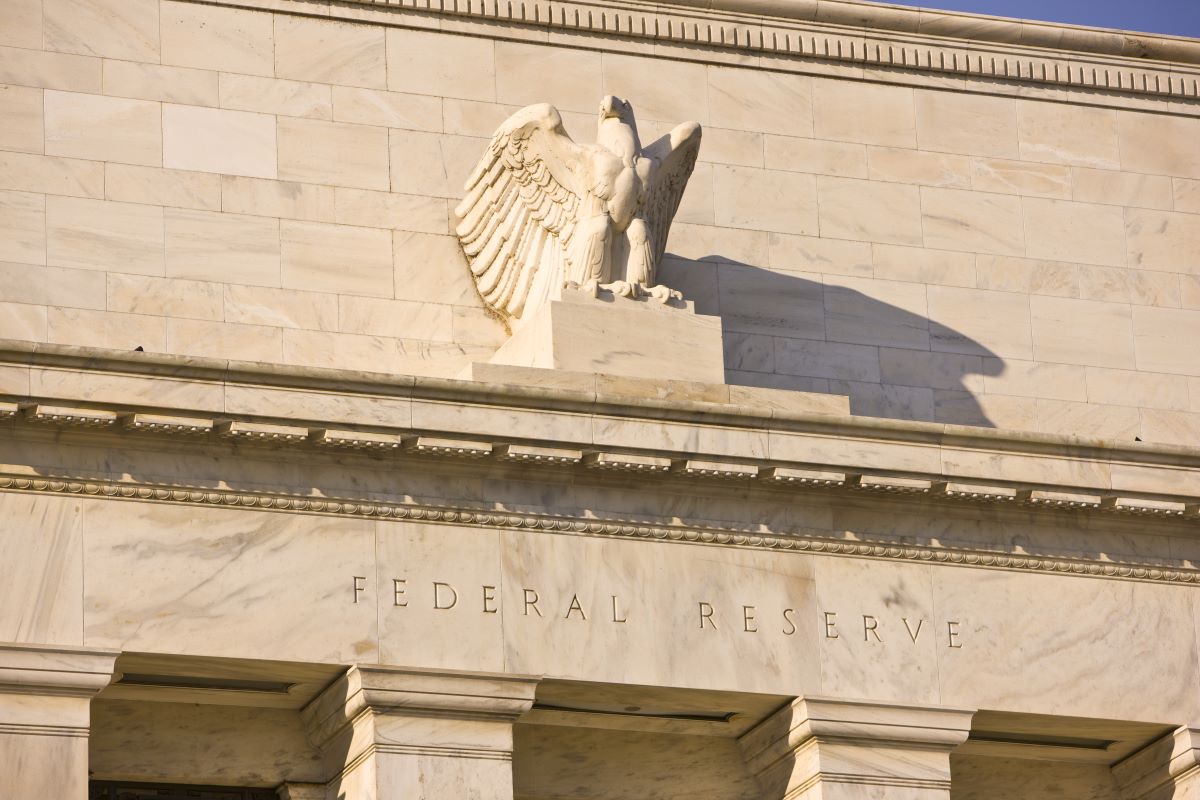As expected, the Federal Reserve (Fed) decided at its meeting on 31 July to leave the key interest rate unchanged. The short-term target lending rate remains at a 23-year high of 5.25% to 5.5%.
“This backdrop continues to create a mixed bag for Americans. Yields on savings accounts, CDs and other cash equivalents have lingered at historically attractive levels. But interest rates on credit cards, auto loans, mortgages and other lending have climbed to multiyear highs,” said John Lovito, co-chief investment officer — global fixed income at American Century Investments.
The Fed is lagging behind many of its market peers. The European Central Bank, Swiss National Bank, Bank of Canada, and the Bank of England had policy rate cuts this year. Also China has cut several major interest rates to support its fragile economy.
Hence, market observers see the global easing cycle has begun. “With the Bank of England, and European Central Bank already cutting rates and the Fed hinting that they will start in September, the global easing cycle has well and truly begun. Only Japan is bucking the trend (…). The widespread nature of cuts reflects the fact that central banks see the risks to growth and inflation are becoming more balanced,” opined Michael Ford, Co-Deputy Head, Multi-Asset Strategy Team, at Insight Investment.
“It’s clear that Fed Chair Jerome Powell and the committee are prepared to begin cutting rates,” observed Principal Asset Management. “The Fed contemplates its word choice carefully, so the new language in the statement that ‘the Committee is attentive to the risks to both sides of its dual mandate’ is likely meant to add a slight dovish twinge. This, along with several statements from Chair Powell during his press conference about when rate cuts would be justified, sets the stage for the September cut that everyone is expecting.”
In view of the US presidential elections in November, the Fed is under more scrutiny than usual. However, it prides itself on being a non-political organisation.
Wellington Management sees the Fed under pressure as the election outcome might influence inflation. “A Harris victory would likely ensure a great deal of policy continuity carries over from the Biden administration,” said Jeremy Forster, Fixed Income Portfolio Manager at Wellington. “On the other hand, inflation is likely to be significantly higher under Trump due to the accompanying impacts of his proposed trade and immigration policies. In the run up to November’s election, I expect to see additional volatility in markets as investors calibrate asset values based on the potential impacts of trade, tariffs, taxes, and regulatory changes as the polls oscillate.”
Read more

Global Trade
Trump ignites global trade war / Reactions
The USA itself will be the victim of Trump’s trade policy.

Private Debt
The case for private debt in real asset financing
What makes the combination of private debt and real assets particularly compelling in today’s market?

Schroders
Looking ahead: 30-year return forecasts
Higher returns are expected across asset classes, driven by stronger productivity growth for equities and elevated long-term central bank rate projections for bonds.

Quant Investing
AI and quantitative investing
Artificial intelligence applications go way beyond stock selection.

Bellevue Asset Management
Demographics and AI drive MedTech stocks
MedTech investment case: What makes it attractive, which trends stand out?





















